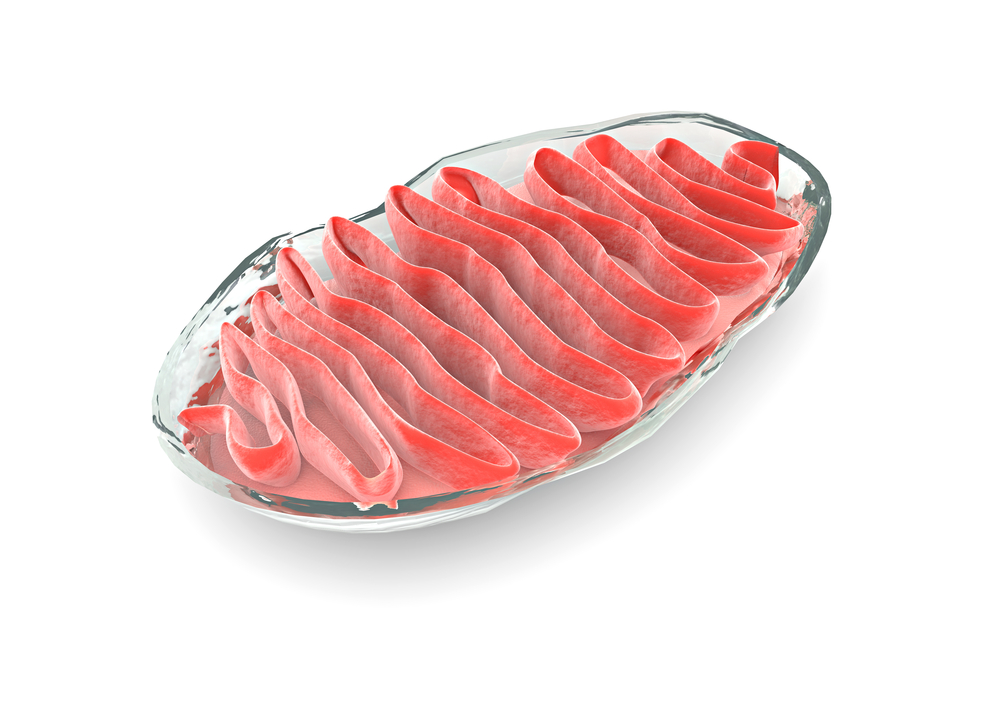Matching Donor-egg and Mother Mitochondria Could Increase Success of Replacement Therapy

A match between the mitochondria of a donor egg and the woman obtaining the egg increases the success of mitochondrial replacement therapy, according to a study.
The therapy allows a woman with mitochondrial disease to have a child without the disease.
The research, “Mitochondrial replacement in human oocytes carrying pathogenic mitochondrial DNA mutations,” was published in the journal Nature.
In replacement therapy, a woman who wants a baby has doctors transfer the nucleus of her egg to an egg without a nucleus donated by a woman without mitochondrial disease. The nucleus contains all the genetic information to be passed to the child.
A danger during a transfer is that a small amount of the mother’s faulty mitochondrial DNA can be transferred along with the nucleus. Although the faulty mitochondria can constitute as little as 1% of all mitochondria in the egg, over time the faulty mitochondria can take over.
Researchers led by Dr. Shoukhrat Mitalipov, director of the Center for Embryonic Cell and Gene Therapy at Oregon Health and Science University, found that a match between the mitochondria of a donor egg and the mother reduces the chance of the mother’s faulty mitochondria taking over.
This is especially true in a regulatory region called the D-loop, where mitochondrial-DNA replication starts, the researchers said.
“Even though we don’t yet have a thorough answer for every type of combination, the beginning is there,” Mitalipov said in an interview with Neurology Today. “We can say that there is a phenomenon of reversal, and it looks like to avoid it you would have to somehow match not [necessarily] the entire [mitochondrial] DNA molecule. [We have learned that the] regulatory region is more important than anything else.”
Researchers transferred eggs from three women with mitochondrial disease to eggs of donors without the disease. They then fertilized the eggs in a laboratory. The result was six early-stage blastocyst embryos, which the team used to create 26 embryonic stem cell lines.
Most of the cell lines contained more than 99% of the healthy mitochondria from the donor after 10 weeks, the team found. But four had reverted back to the faulty mitochondria.
The mitochondria of two of the four embryonic stem cell lines that had reverted back had an additional letter G in their D-loop region, the team found. The letter was missing in the mitochondria of the healthy eggs.
The mitochondria with no letter G replicated slower than the one with the letter G, leading to the mother’s faulty mitochondria taking over the donor’s healthy mitochondria over time.
Mitalipov’s team concluded that donor eggs should always be checked for an additional letter G in their D-loop region. This will insure that the healthy mitochondria replicates as fast as, or faster, than the faulty mitochondria, so the faulty mitochondria does not take over.
“This study is a great accomplishment because the critics of this technology have said ‘You haven’t figured out a way to ensure that the mutated mitochondrial DNA doesn’t re-replicate,” said Dr. Bruce Cohen, MD, professor of pediatrics at Northeast Ohio Medical University and director of the Neurodevelopmental Science Center at Akron Children’s Hospital. “This takes us one step closer to understanding what the actual issue may be, and the preventative steps that would need to take place,” said Cohen, who was not involved in the Oregon study.






